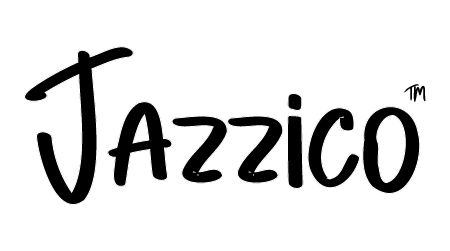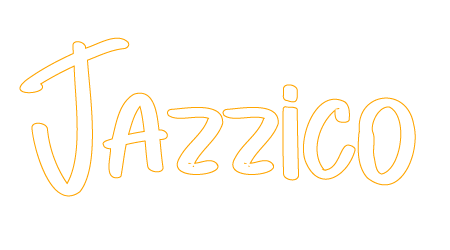In today's fast-paced world, staying organized is a challenge that many of us face. With the abundance of information and tasks constantly vying for our attention, it's crucial to have a system in place that enables us to capture and manage our thoughts, ideas, and to-dos. This is where bullet journaling comes into play. Bullet journaling isn't just about creating visually appealing notebooks; it's a powerful technique for effective note-taking that can transform the way you organize your life. In this article, we'll explore the ins and outs of bullet journaling and provide you with valuable tips to make the most of this method.
Getting Started with Bullet Journaling
Bullet journaling is a flexible system that allows you to create your own personalized planner and journal. It combines elements of a to-do list, diary, and sketchbook into one cohesive system. To get started, all you need is a blank notebook and a pen.
Setting Up Your Bullet Journal
Before you dive in, it's essential to set up your bullet journal for success. Begin by creating an index at the beginning of your journal. This will help you keep track of the content you add as your journal grows.
The Key Components
At the heart of bullet journaling lies a simple yet effective system of symbols or "keys." These symbols help categorize your entries into tasks, events, and notes. For instance, a dot can represent a task, a circle an event, and a dash a note.
Monthly Logs and Weekly Spreads
Divide your journal into sections for monthly logs and weekly spreads. The monthly log allows you to jot down important events and tasks for the month ahead, giving you a holistic view of your schedule. Weekly spreads break down your tasks and appointments on a weekly basis, ensuring that nothing falls through the cracks.
Maximizing Productivity with Collections
Collections are themed lists that help you organize specific topics or projects. Whether it's a reading list, travel plans, or project ideas, collections provide a dedicated space to store related information.
Migration and Reflection
Regularly review your journal to ensure tasks are completed or migrated to the next day or week. Bullet journaling isn't just about jotting things down; it's about reflecting on your progress and learning from it.
Customizing Your Bullet Journal
One of the beauties of bullet journaling is its customization. You can include habit trackers, mood logs, and even doodles. Make your bullet journal a reflection of your personality and needs.
Mastering the Art of Rapid Logging
Rapid logging is the cornerstone of bullet journaling. It's a succinct way of capturing information quickly. Use short sentences, keywords, and bullets to get your thoughts on paper without overthinking.
The Power of Migration
Migration is the process of reviewing your tasks and deciding what to keep, modify, or discard. This helps you prioritize what's truly important and prevents clutter in your journal.
Weekly and Monthly Reviews
Set aside time each week and month to review your journal. Celebrate your achievements and identify areas where you can improve. This practice keeps you accountable and ensures continuous growth.
Enhancing Your Bullet Journaling Experience
Bullet journaling goes beyond being a mere organizational tool. It's a creative outlet that allows you to experiment with layouts, colors, and typography. Don't hesitate to make your journal visually appealing.
Overcoming Common Challenges
Like any system, bullet journaling comes with its challenges. Overcome them by starting simple, being consistent, and embracing imperfection.
Leveraging Technology
While the traditional approach involves pen and paper, you can also digitize your bullet journal using apps. This allows you to access your notes from anywhere and collaborate with others seamlessly.
Conclusion
Bullet journaling offers a powerful way to streamline your thoughts, tasks, and plans. By customizing your journal to your needs and consistently using rapid logging, migration, and reflection techniques, you can supercharge your note-taking and organizational skills. Embrace the flexibility and creativity that bullet journaling provides, and watch as it transforms the way you approach your daily life.
FAQs
Q1: Is bullet journaling suitable for people with busy schedules?
A: Absolutely! Bullet journaling is designed to adapt to your needs, making it a great tool for individuals with hectic lifestyles.
Q2: Can I use digital tools alongside my physical bullet journal?
A: Yes, many people find success in combining digital tools with their physical journals for added convenience.
Q3: How often should I migrate tasks?
A: Aim to migrate tasks daily or during your weekly reviews to ensure nothing gets overlooked.
Q4: Can bullet journaling improve my time management skills?
A: Yes, by helping you prioritize tasks and reflect on your usage of time, bullet journaling can enhance your time management skills.
Q5: Where can I find inspiration for creative layouts?
A: You can find inspiration on social media platforms like Instagram and Pinterest, where bullet journaling enthusiasts share their innovative layouts and designs.





Leave a comment
All comments are moderated before being published.
This site is protected by hCaptcha and the hCaptcha Privacy Policy and Terms of Service apply.